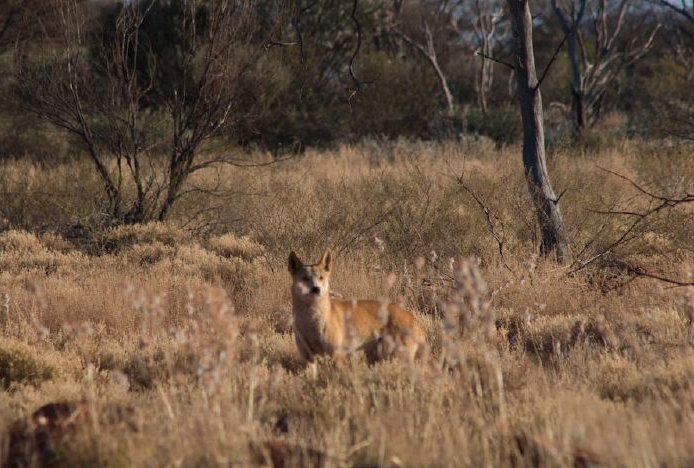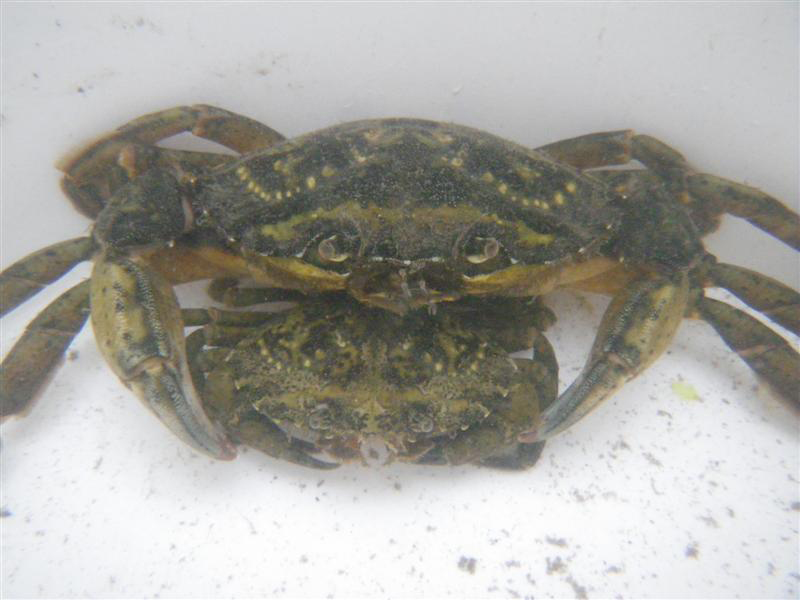by Monaca Noble and Paul Fofonoff
The title question was raised by one of the readers of last month’s feature story on green crabs (Carcinus maenas). The reader asked, “If the green crab was first seen here [the East Coast of the US] in 1817, is it still considered an invasive species 200 years later? How far back do you go to claim something is invasive vs. native?” Several groups of people have drawn their own lines in the sand, but we wanted to examine current thoughts and perceptions. The following article is based on views expressed in a recent listserve discussion.
The term invasive was used in the green crab article because the crab is on the list of the world’s 100 worst invasive species. But it is also commonly used as a synonym of introduced. Which brings us to the importance of terms and definitions.
As one respondent pointed out, there are different interpretations of the term “invasive.” Some people define invasive in terms of a species’ ecological impact or behavior, while others use it to refer to a species’ origin, and sometimes both are part of the definition. If a species’ characterization as invasive is based only on its ecological behavior, then it is possible for a species to be both native and invasive. But if the species’ origin is part of the definition, then only nonnative species can be invasive. Others add another dimension to the word by making the mode of introduction important. Species can be spread naturally through dispersal and/or through human-mediated transport. Some people use invasive in reference to human-mediated introductions of nonnative species. Unfortunately, when we hear the word “invasive” we rarely know the definition behind it.
But whether something is considered invasive appears to be largely a matter of perception rather than just definition, and there are many contributing factors that muddy the water. Most responses from the discussion fell into three perception categories represented by these questions:
1) Do we benefit from the species, or is it harmful?
2) Is the species part of what we consider the natural landscape?
3) Is the species native?
Maybe our problem is that we view nature in the time frame of a biologist’s career-span.”
Money Matters
People provided several examples of nonnative species that might be called naturalized because they provide commercial benefit to us. Many of us can point to game species that were introduced, sometimes intentionally, and are managed in such a way as to protect and grow their populations. For example, game species like the brown trout (Salmo trutta) and striped bass (Morone saxatilis) might be called naturalized and are sometimes stocked and managed as a fishery.

The common carp (Cyprinus carpio) is a delicious treat to some; an irritating pest to most. (U.S. Fish and Wildlife Service)
“It has been here so long that many people don’t realize that common carp are not native to the United States, and they are clearly ’naturalized‘ under some definitions of that word,” says Duane Chapman of the U.S. Geological Survey. “In most cases where undesirable effects occur, the ‘new normal’ is just the ‘normal’ for most people, and they don’t realize that fishing for more desirable fishes might be better if the carp were not there. But people still hate the carp, and most of those that know that common carp are not native would consider them an undesirable invasive.”
In the case of game species, the desirability of the species may be at least as important, if not more so, as the length of time the species has been around.
History
Alternatively, length of time may be the determining factor for some species, especially if no one is around who remembers the ecosystem before the introduction. Green crabs are a perfect example. Green crabs are commonly sold as bait along the East Coast and until a recent education effort, many of these bait shops advertised the green crabs as native. The bait shop owners were not trying to mislead customers; rather, most people believed the crabs were native because there was no institutional memory of the crabs’ arrival in 1817. Bruce E. Coblentz, Emeritus Professor of Wildlife Ecology at Oregon State University, puts it this way: “Some invasive species may well cause severe disruption to ecosystem processes and functions which eventually lead to some new approximate steady state. This might take decades, centuries, or perhaps millennia. Because future generations will view this altered state as the ‘normal’ by default, the invasives probably won’t be considered as such. Maybe our problem is that we view nature in the time frame of a biologist’s career-span.”
However as Robert Hilliard from Intermarine Consulting Pty Ltd. in Western Australia pointed out, “The mechanisms of natural selection imply that introduced species cannot remain novel forever and that over time the native community and its various species ‘learn’ to adapt, eventually accommodating and coexisting with the newcomer. The same mechanisms will also cause the introduced species to evolve to fit better into its new environment. The Australian dingo, which was introduced by canoe traders visiting north-east Australia about 4000 years ago, is an example. Native marsupials have had time to develop some avoidance responses to their new predator, while the dingo race is now genetically distinct from nearest present-day relatives.”

The Australian Dingo arrived in Australia roughly 4,000 years ago, giving the ecosystem plenty of time to adapt to it. (Alessandro from Milan, Italy/Wikimedia Commons)
Not native, but naturalized?
While no one had an answer for how long a species needs to be around to be considered naturalized, the history of invasion and a species’ native or nonnative status was very important to most people. For example, researcher Linda McCann from the Smithsonian Marine Invasions Research Laboratory says, “I think we never want to give these species a ‘native’ designation to preserve their history, but at some point we should consider giving them a ‘naturalized’ designation.” Many others agree that preserving nonnative status and introduction history were very important, but did not think a naturalized designation should be added because their definition of invasive included the establishment of species beyond their historical range and thus, once an invasive, always an invasive.
This brings us back to our original question: Is there a statute of limitations on invasive status? Perhaps yes, but it seems to depend on many factors including the definition of invasive and our personal perceptions about a particular species (i.e., desirability and historical perspective). Is there a time when a species is no longer considered introduced? Most people would say no.


